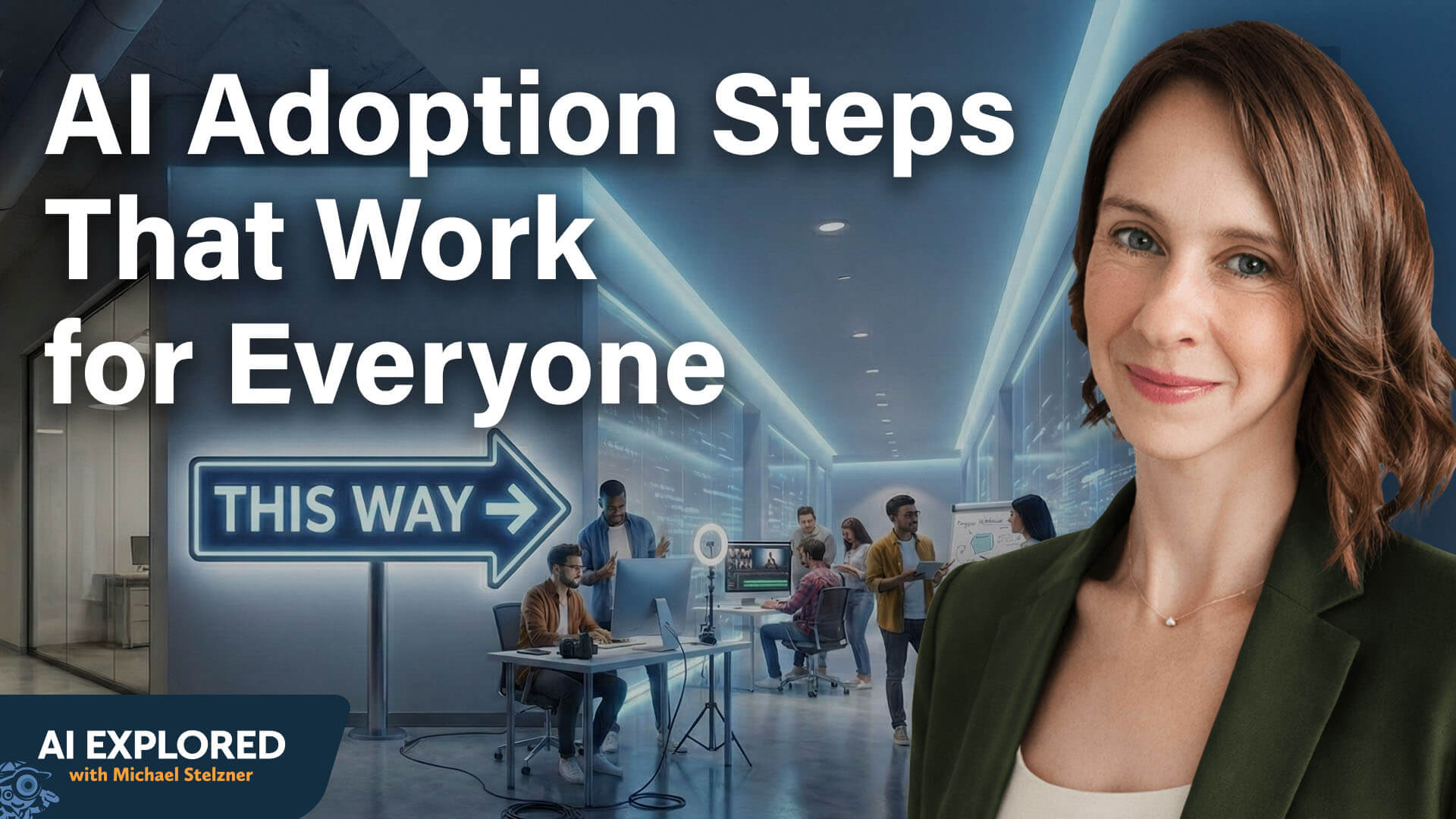By Alun Baker
Employee ill-health has been rising consistently over recent years. Its impact is complex, having a direct effect on organisational productivity, performance and the wellbeing of colleagues.
According to GoodShape’s data, in Q4 of 2022 alone, 85.1 million working days were lost to employee sickness, at an estimated cost of £12.3bn. Looking specifically at long-term absence, our data shows that in 2022, 5.2% of workplace absences had durations of 20 or more working days. While this number doesn’t seem high at first glance, this 5.2% of absences accounted for over half (50.4%) of all days lost to employee sickness. There has also been a sharp rise in people being signed off for mental health conditions. From May 2022 to May 2023, there was a 45% increase in working days lost to mental health-related absences, which typically have much longer durations.
Workforce health is inextricably linked to business productivity, and labour shortages continue to be a major barrier to economic growth. In response, the government has recently announced new measures to tackle the issue of long-term sickness in the UK workforce. One proposed measure is that companies and workers should be offered tax breaks for attending health check-ups and treatments. The full details are yet to emerge, but most agree organisations are well placed to assess the wellbeing of staff and are likely to play a more significant role in doing so in the future.
It’s apparent that a fresh approach which prioritises employee health and facilitates a speedy return to work is necessary. There are questions, however, around the efficacy of the government’s proposed initiatives, as well as the ability of organisations to support employee health needs through traditional mechanisms such as Occupational Health (OH).
So, how can organisations strive to meet the government’s objectives and build a healthier UK workforce?
Assessment without solutions
Traditional employee support processes such as Occupational Health were born out of legislation passed in the 1970s. In their earliest incarnation, they aimed to support a largely industrial workforce by preventing industrial accidents. Today, the workforce has very different requirements; the extent of absence due to mental health-related absence illustrates this point
In recent years, mental health has become the leading cause of lost working time. Hybrid work is blurring the line between ‘working life’ and ‘home life’, and OH processes that focus on deciding the employer’s responsibility for the health issues being experienced by the employee, or that focus solely on physical harm, seem increasingly redundant in today’s workplace. In short, default systems fall short of resolving the issues employees are currently facing.
Further to this, we live in a world where investment requires output. Systems implemented to support employees’ health and wellbeing need to be evidence-based and measurable, but typically aren’t. It’s vital that employers can evaluate the impact of the support services they are providing to their people, to ensure they are effective and help employees to get better and back to work. As Lord Kelvin once said, ‘If you cannot measure it, you cannot improve it.’
Prevention is better than cure
Organisations should aim to be preventative rather than remedial. Proactive, early intervention is proven to be key in mitigating long-term absence. Occupational Health assessments often take place after 20 days, during which time health can decline further. Swifter action and intervention can tackle the root cause of ill health promptly, supporting a faster return to work. Organisations should also address the health of everyone in the workplace, not just those whose role may expose them to some defined risk. It’s also important to account for external factors which can have a large impact on wellbeing at work. These include family relations, home environment and financial wellbeing.
Taking steps such as these will help to build a clear, insight-led strategy around employee health, ensuring organisations can act quickly and offer support early on, keep workers happy and healthy, and ultimately reduce absence levels.
Shift the focus to wider health and wellbeing with the right support
Some HR leaders have described traditional processes as the ‘things we are required to do, but don’t want to’, in contrast to broader wellbeing support which is ‘what we want to do but aren’t required to’.
Shifting the focus to the wider wellbeing and health of individuals will help employers to reach a health outcome that centres around what employees need. For example, investing in experienced third-party professionals to assist unwell employees with the administration of medical appointments can reduce waiting times and ensure quicker intervention, facilitating a faster recovery.
This approach, which is led by need, rather than process, is far more likely to result in staff being fit and capable of returning to work. That being said, if a return is not possible, then third-party support and administration of the process will lift the burden from employers and ensure employees can leave the business in a compassionate and mutually positive way.
The data leap
The first, most crucial step employers can take is enabling better data around employee health so they can understand the issues facing their people. This can vastly improve visibility of health-blind spots and patterns of absence.
For employers to successfully collect and use this data, GDPR and privacy issues will need to be addressed, and this is yet to be discussed. For instance, employers will need to invest in enterprise health management (EHM) platforms to handle sensitive employee data outside of corporate databases, and broader programmes of care to support those whose test results show that they need further treatment. To provide timely and effective care and support, sensitive data needs to be readily shared by employees, which raises the challenge of trust. This is where an enterprise health management platform is essential. It can serve and support employees’ personal needs by anonymising and protecting data, while still supporting employers in managing resource and appropriate interventions and investments in people. Using an EHM platform with AI and predictive analytics, it is now possible to accurately forecast sickness and staff turnover. With real-time insights, employers can make early, and often preventive, interventions to workforce health and planning, mitigating costs and ensuring a higher return on investment.
Real-time employee data must be collected at source and understood. It can then drive early interventions that identify root causes and empower leaders to make better workforce plans, designed to build resilience and foster greater wellbeing. Having access to employee health data can also enable businesses to take a holistic and evidence-based approach to their people’s wellbeing.
Being data-led is just one step in enabling businesses to stem the tide of illness-related absence and help their people get better. Overall, a fresh approach which ensures that organisations are enabled to act quickly and offer support is needed – with the focus remaining on preventative intervention and what employees really need.
About the Author
 Alun Baker is CEO at GoodShape, the employee wellbeing and performance software pioneer. Alun previously held leadership positions at Merril Corporation, Accenture, Viewpoint Software, Oracle, and Tibco. He enjoys scaling up organisations, with successes across HealthTech, CyberSec, SaaS, and ERP. As a Non-Exec Director, he has made the Times Fastrack growth list with five companies he has Chaired.
Alun Baker is CEO at GoodShape, the employee wellbeing and performance software pioneer. Alun previously held leadership positions at Merril Corporation, Accenture, Viewpoint Software, Oracle, and Tibco. He enjoys scaling up organisations, with successes across HealthTech, CyberSec, SaaS, and ERP. As a Non-Exec Director, he has made the Times Fastrack growth list with five companies he has Chaired.











